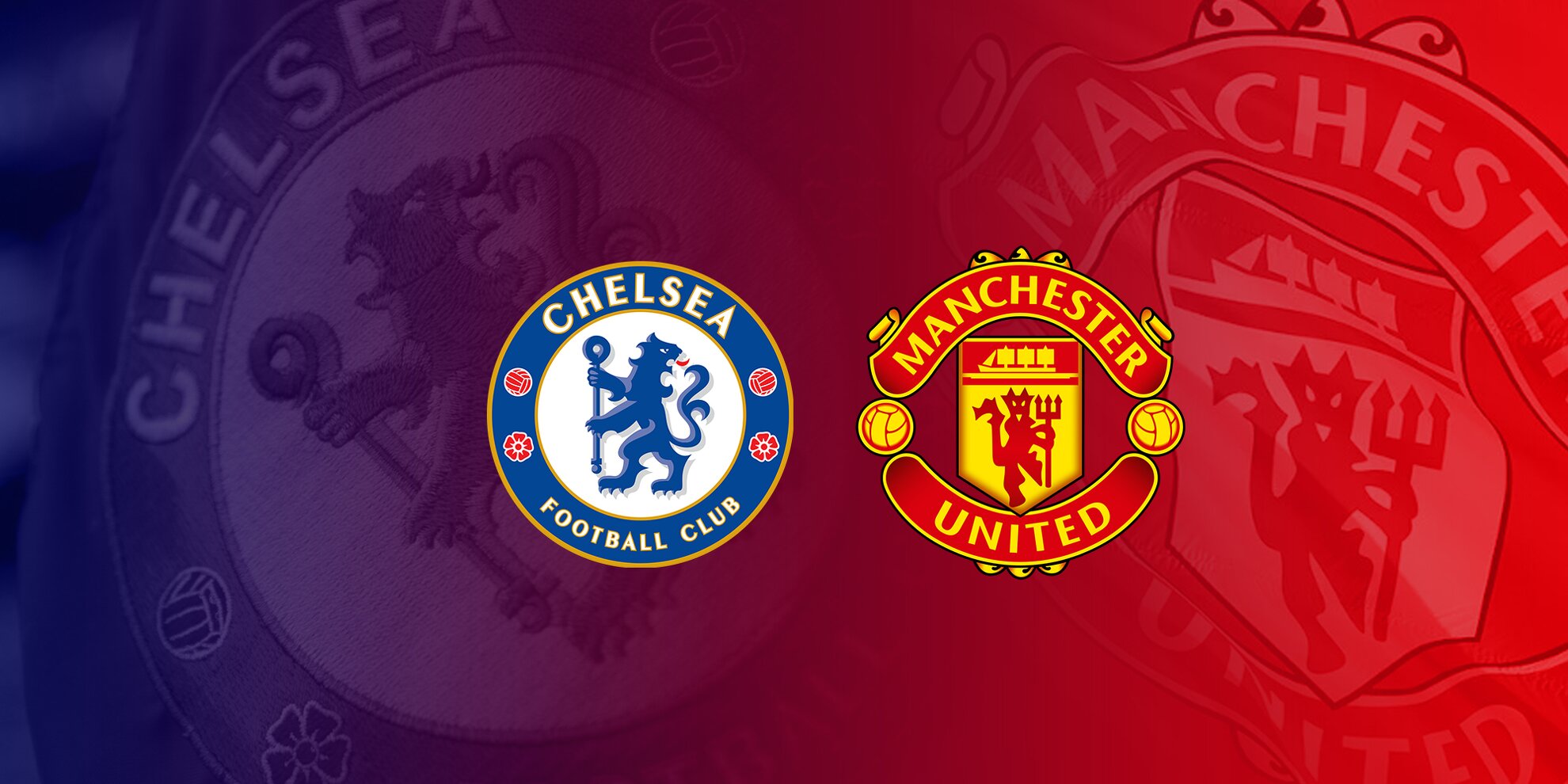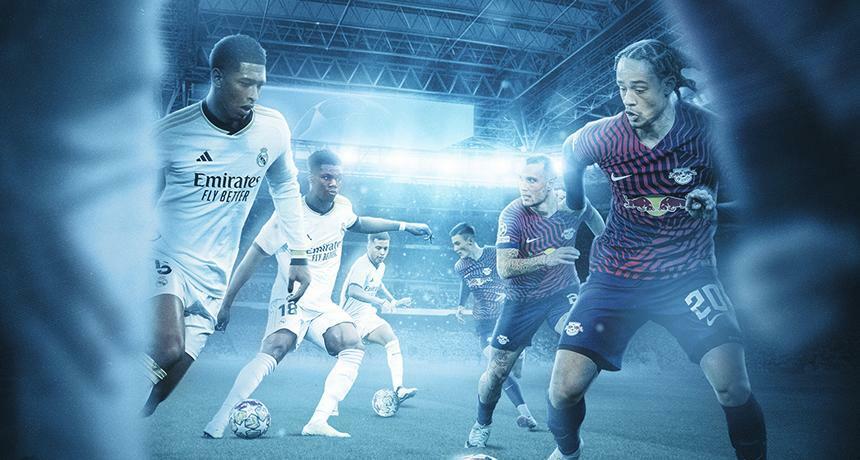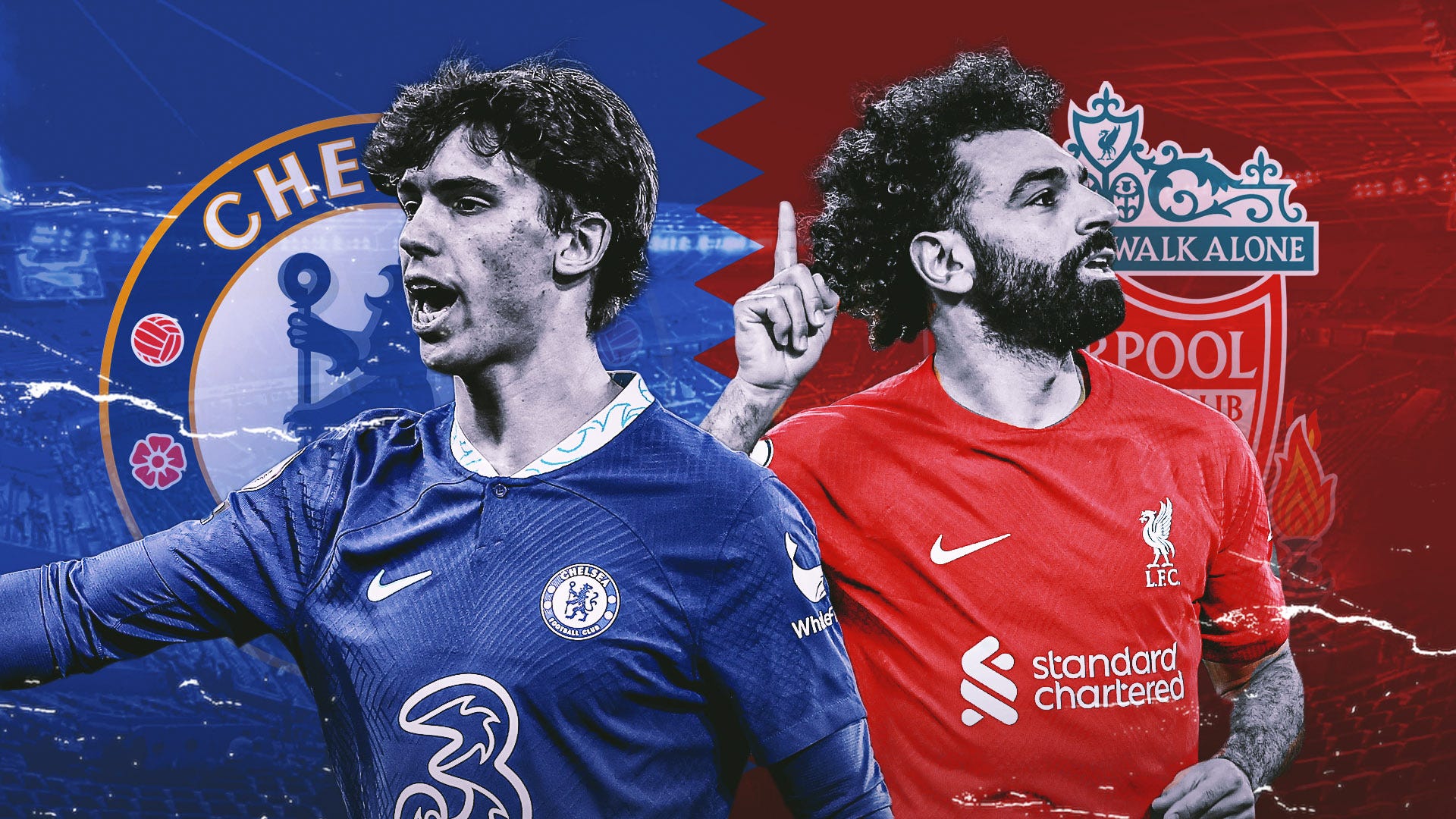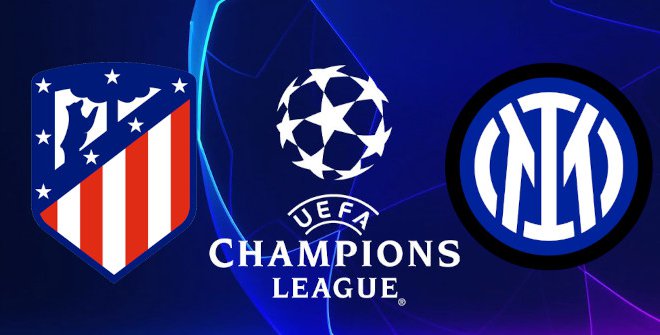Tips
What is in a professional footballer's contract?
15:07
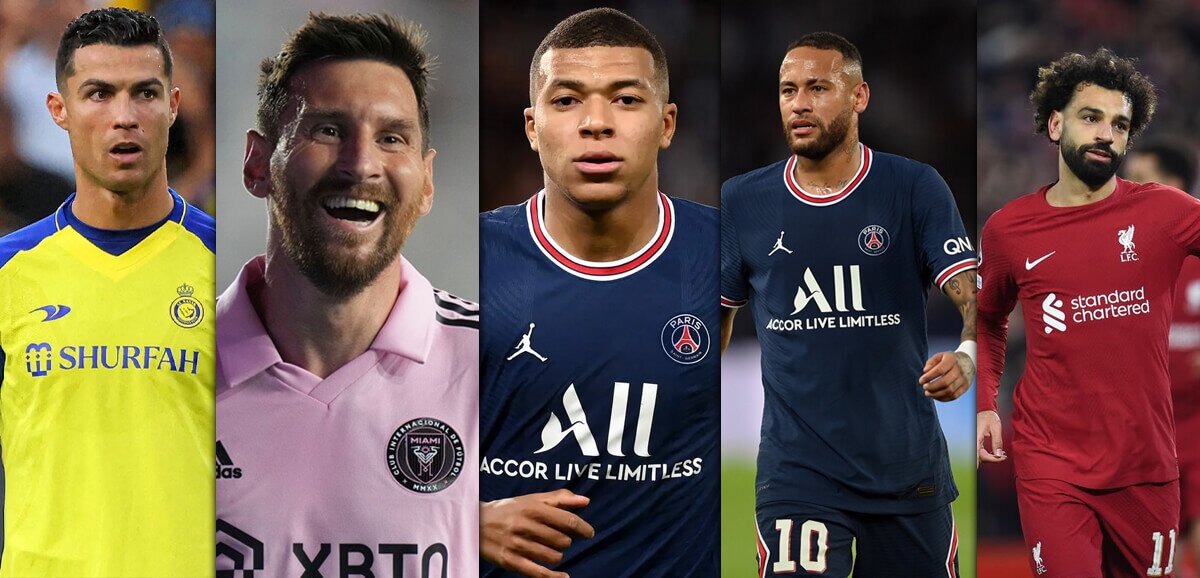
Some of the highest paid workers on the planet are elite-footballers, meaning their contracts tend to be long, confusing and full of legal speak that might be difficult to understand for the general public.
Most footballers' wages are reported in weekly terms, but, almost all professional footballers receive their payslips on a monthly basis. There might be a few exceptions, however, as the payment structure is entirely up to the club and the player but it makes more financial sense if payments are made on a monthly basis. The preference for stipulating weekly amounts by the media could be a hangover from previous times when players were most commonly paid on a weekly basis.
There exist some standard bonuses that almost all clubs offer to their players. Payments that are incentive-related come in all shapes and sizes. A lot of clubs prefer a system whereby a certain amount is paid for a starting appearance and a smaller fee for coming off the bench. This is typically 30%-50% of being in the starting XI. Some shrewd clubs may try to reduce the costs of tactical (or time-wasting) changes in the dying minutes of a game by operating a minutes-based system for a substitute appearance. Clubs have their own models to encourage good performance. A player's agent in the negotiations with a new club may hold out for an appearance fee that ensures his client the quickest route to a windfall whereas the club's hierarchy may insist on the existing structure which often constitutes "minor details" that often hold up a new signing. Other personal bonuses, however, such as a clean-sheet bonus for a goalkeeper or defender, or assist/goal payments for an attacking player do exist. Some big clubs tend to consider the aforementioned bonuses an unnecessary expense. This is because most of these clubs make sure to offer their players win or point bonuses (personally or collectively).
Also Read: Are the Glazers really willing to sell Manchester United?
On top of the above-mentioned incentives, there also exist achievement bonuses for reaching pre-agreed targets such as winning the league, cups, or European qualification, or staying up for those with a focus on survival. Such kinds of bonuses are more likely to be negotiated collectively, often with the team captain (or "captain group") acting on behalf of the playing squad. In most cases, however, canny players do insert additional achievement payouts in their personal agreements with their clubs which guarantees them a handsome pay cheque in the event that silverware is collected.
More novel agreements may occur between a player and a club such as an extra bonus for a Ballon d'Or nomination for a star signing. Manchester United did include one for Anthony Martial in their agreement. Looking at it from a top club's point of view this may not be a major concession, but it can raise eyebrows depending on the status of the player given such an agreement and their viability to win such a prize at some point in their career. At the top of the food chain, there exists a "Matching Highest Earner" clause which is an arrangement that sees the player in question granted improved wages equal to those of a new signing. Some big-name managers who want to permanently maintain a top-earner status occasionally have this clause inserted in their own agreements. The above two clauses have to be carefully thought out beforehand as they could deter a club from targeting a star player they know would upset their existing wage structure.
The basic salary of a player tends to remain the same throughout their contract not unless of course they are exceeding expectations in which case their agents will go knocking on the club's door for a renegotiation for improved terms that are often backed up with a contract extension. Most footballers tend to sign short timespan contracts as either their agreements will get renegotiated or they might strike new deals with an entirely different club altogether. Most clubs level up transfer expenditure over a player's whole contractual period in what is known as amortization. This means a €50m signing, who joined on a four-year contract, will show up as a cost amounting to €12.5m in the yearly accounts.
Also Read: Liverpool will not let go of Salah amid interests from Saudi Arabia
In most players' contracts, there are specific clauses that touch on add-ons which generally refer to payments that go beyond the basic salary; be it bonuses (outlined above), signing-on fees, or loyalty bonuses (typically activated as a one-off payment after a set number of completed contractual years as an incentive for the player not to seek a move elsewhere). Agents may also negotiate minor perks to be added to the player's contract that might include private jet flights for family and friends, catering for house moving costs, and costs towards school fees for their children and nannies. Add-ons may also occur as an element of the terms of a club-to-club transfer agreement. For example, in Jude Bellingham's move from Borussia Dortmund to Real Madrid, the La Liga giants paid €103m up-front with another 30% as add-ons. A club can also insist on certain achievement-related clauses to be inserted into the framework of the deal. Other additional fees could also be triggered upon European qualification, winning silverware, number of goals, or if the player reaches a certain number of competitive games for the club. In such agreements, definitions such as "starting appearances" or "appearances" are often fought over.
There is a way in which a player can retain some level of control in his future while signing his contract by introducing the element of the release clause. A player can negotiate a fee that their new club has to accept in the event of an offer from another club. The clause normally defines the payment terms (either a one-off fee or installments) and the date from which it can be activated. In leagues such as the Spanish La Liga, every player has a release clause included in their contracts. In recent years, the figure that a club has to pay in the event it wants to trigger the release clause to purchase a player has been exaggerated to €1 billion to deter suitors after PSG paid Barcelona a world-record €222m back in 2017 after they activated his release clause which nobody expected to happen.
Also Read: Pressure mounts on Ruis Rubiales to resign
Every player has an agent who serves as the main driver in the majority of their transfers. They are usually the go-to source for otherwise unattainable information pertaining to a player's availability. Agents, as a player's most relevant representatives, play a fundamental role in matchmaking clubs and players as most clubs are represented in the negotiations by a sporting director or recruitment executive. Agents get renumerated depending on their role in a particular transfer. The most common procedure is that an agent is entitled to a fee which until recently was usually around 5 % to 10% of the total negotiated salary of a player. This can either be a one-off payment (usually on the lower side) or can be spread out yearly over the contractual period (usually on the upper side). Most clubs will prefer the latter in an effort to prevent the agent from seeking another transfer before the installments have been completed. Regardless of whether the agent is representing the club or a player, their fees are almost occasionally settled by the club. Some agents are known to earn handsome fees if they pull off a transfer. For example, the late super agent Mino Raiola was paid €27m after he successfully negotiated Paul Pogba's return to Manchester United for €105m transfer fees.
Other Articles:
Harry Maguire could still make it to the England squad despite being a Manchester United outcast
(Image: The Sports Geek)


